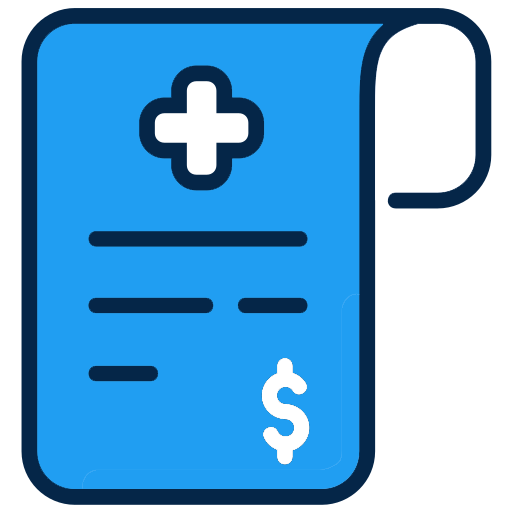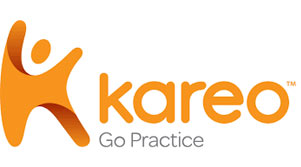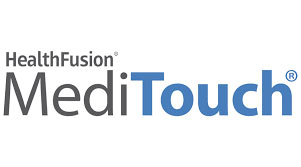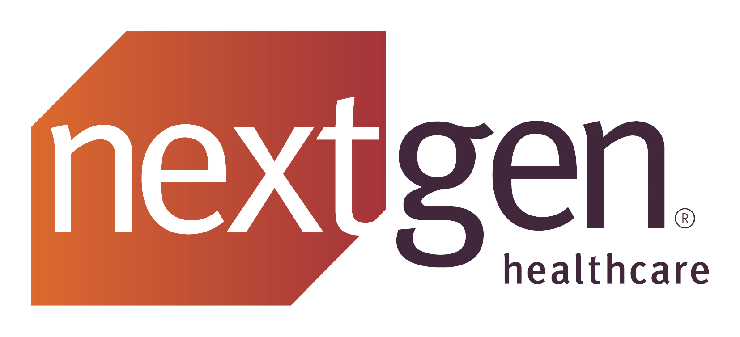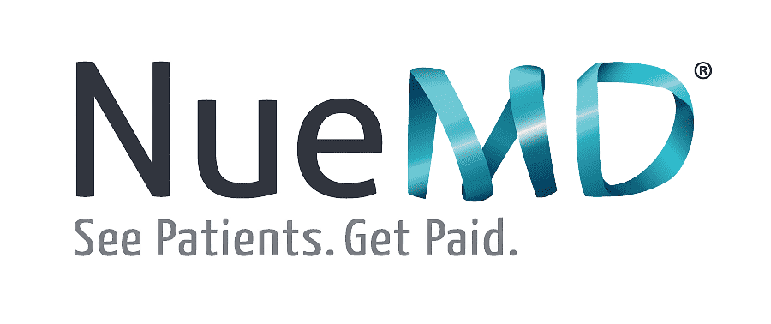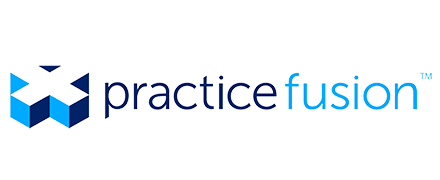Payment posting in medical billing is one of the most typical issues faced by majority of healthcare providers. Payment posting is a basic stage in medical billing, yet it is the most critical and fundamental step in medical billing services and in the revenue cycle management. It assists a practitioner in quickly identifying and correcting a potential issue, saving time and avoiding annoyance. A structured payment posting process aids in increasing collection, resolving reoccurring problems early on, improving overall practice performance and efficiency, and patient satisfaction.
Importance of Accurate Payment Posting
There are multiple processes in the medical billing process, and a large number of claims are handled every day, so problems are certain to develop. When it comes to detecting payer issues, payment posting is typically the very first line of defence. Denials for medical justification, non-covered services, and prior consent will not be covered, which the team members will be able to address. It is vital to understand the significance of accurate payment posting in medical billing.
• Being the most important aspect of the medical billing services, payment posting allows the health system provider to keep track of incoming payments. Payment posting assists in recognising and resolving most challenges when it is simplified and well managed. Regular insurance costs from EOBs, ARAs, insurance checks, and patient payments are all included.
• Payment posting errors have an impact on the accuracy of claim submissions to secondary and tertiary payers. When the company’s insurance payment is incorrectly posted, the odds of the secondary and tertiary payers receiving the erroneous bill are higher.
• When looking for solutions to non-payment difficulties, such as claim denials, lack of prior authorization, and claim rejections, effective payment posting in medical billing is critical.
• Medical billing is broken down into several parts, each of which is critical to maintaining a steady cash stream. If the problem is identified at any of these stages, it can disrupt the crucial process of incoming money while also restricting the capacity to provide quality patient care.
• When an issue arises during the payment posting process, it can be resolved quickly or flagged while discovering possible patterns and reoccurring problems in medical billing processes. It can be utilised to boost the source of revenue over time.
Types of Payment Posting
Payment posting in medical billing is performed in one of two methods, depending on the amount of healthcare insurance and the patient’s financial capability:
- Manual Posting: This type of payment posting is done by administrative staff, and takes longer to complete. This type of posting carries a higher possibility of different problems, such as typos, which cause the payment to be delayed.
- Auto Payment Posting: Auto payment posting is a software-driven strategy that most companies pick as their digital solutions for a constant cash stream by accelerating the medical billing process. Few lone medical practitioners, on the other hand, believe that manually submitting payments restricts their command over their revenue-generating system.
Role of Payment Posting in RCM
Whether you charge in-house or through an outsourced medical billing company, payment posting is an important aspect of the revenue cycle. By monitoring daily trends within your practice, a well-done payment posting procedure can help you find possibilities to improve revenue. Payment posting has a very high potential for increasing earnings, and ironing out any creases in the medical billing process; hence is critical to have an accurate process in place. Payment postings are made using computer software, and after they are made accurately to a patient’s account, they provide a picture of the account details, services covered, and reimbursements to be received. As a result, the revenue cycle is managed in a systematic manner.
- Forbids Reoccurring issues – Payment postings entail updating postings and recognizing difficulties that may have occurred in the past, resulting in late payments. It aids in the resolution of such issues as well as the prevention of future issues.
- Denial Management – Payment posting aids in denial management by locating any possible denial posting and addressing the denial reason at an early stage, allowing for the management of denials and delayed payments. Payment posting assists in the identification of any secondary claims, which can then be generated and submitted.
- Electronic Remittance Advice – (ERA) is an overview of the insurance processing delivered to the provider, whereas the Explanation of Benefits (EOB) is an understanding of the claim process and any patient duties like as co-insurance, deductibles, and co-payments sent to the patient. Payment posting accuracy ensures that data from EOB’s and ERA’s matches payments and provides a clear picture of a practice’s financial status.
Payment posting is critical to assuring continual medical billing, claims reimbursements, and revenue cycle management success. A committed team of coders and professionals who are well-versed in the payment posting procedure give flawless assistance to healthcare providers at Info Hub Consultancy Services (ICS). When providers opt for outsourcing their payment posting, a dedicated staff ensures that hospitals can focus on their core business and providing the best possible care, while medical billing and payment posting is handled by a professional team. To achieve efficient revenue cycle management, ICS ensures a holistic relationship between the numerous medical billing procedures.

